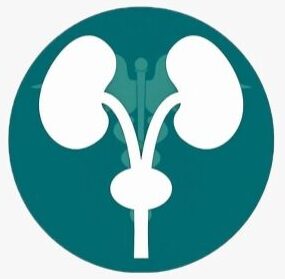In the field of urology, innovative techniques and procedures are continuously being developed to address various urological conditions and improve patient outcomes. One such technique is CLT (Continence-Perineal Loop Technique), which has gained recognition for its effectiveness in enhancing continence and quality of life for patients. This comprehensive article aims to delve into the meaning, applications, and benefits of CLT in urology. By understanding the significance of CLT, patients and healthcare providers can make informed decisions regarding its potential use in urological treatments.
Understanding CLT in Urology
CLT in Urology , also known as Continence-Perineal Loop Technique, is a surgical procedure performed in urology to address issues related to continence. It involves creating a loop of tissue from the perineum, which is then utilized to provide support to the urethra or other structures involved in urinary control. This technique aims to restore or improve urinary continence in patients experiencing urinary incontinence or other related conditions.
Applications of CLT in Urology
CLT in Urology finds its application in various urological conditions where urinary continence needs to be restored or improved. Some common conditions where CLT may be considered include stress urinary incontinence, sphincteric incompetence, and recurrent urinary tract infections related to anatomical abnormalities. The procedure is typically performed by skilled urologists who specialize in continence restoration techniques.
Benefits of CLT
CLT in Urology offers several benefits for patients experiencing urinary continence issues. By providing additional support to the urethra or related structures, it helps to enhance the control and retention of urine. Improved continence can lead to a better quality of life, reduced social and emotional distress, and increased confidence in daily activities. The long-term benefits of CLT can have a significant positive impact on the overall well-being of patients.
CLT Procedure and Recovery
The CLT in Urology procedure involves creating a loop of tissue from the perineum, which is then positioned and secured to provide support to the urethra or other relevant structures. The specific details of the procedure may vary depending on the patient’s condition and the surgeon’s approach. Recovery after CLT may require a period of healing and rehabilitation, during which patients are advised to follow post-operative care instructions provided by their healthcare providers.
FAQs : What is CLT in Urology
Who is a suitable candidate for CLT in urology?
Suitable candidates for CLT in urology are individuals experiencing urinary continence issues such as stress urinary incontinence or sphincteric incompetence. It is important to consult with a urologist who specializes in continence restoration techniques to determine if CLT is a suitable option for your specific condition.
Are there any risks or complications associated with CLT?
Like any surgical procedure, CLT may carry certain risks and potential complications. It is important to have a thorough discussion with your urologist about the potential risks, benefits, and alternatives to CLT. Your healthcare provider will provide you with the necessary information to make an informed decision about the procedure.
How long does it take to recover from CLT surgery?
The recovery time after CLT surgery can vary depending on the individual and the specific circumstances of the procedure. It is important to follow your urologist’s post-operative care instructions and attend follow-up appointments to monitor your progress. Your healthcare provider will provide guidance on when you can expect to resume normal activities and return to your regular routine.
Conclusion
CLT (Continence-Perineal Loop Technique) is a surgical procedure used in urology to address urinary continence issues. By creating a loop of tissue from the perineum and providing support to the urethra or related structures, CLT aims to restore or improve urinary control. The procedure offers several benefits, including improved continence, enhanced quality of life, and increased confidence for patients. As with any surgical procedure, it is important to consult with a qualified urologist to determine if CLT is a suitable option for your specific condition. By understanding the applications and benefits of CLT, patients and healthcare providers can explore this technique as a potential solution for urinary continence issues.




